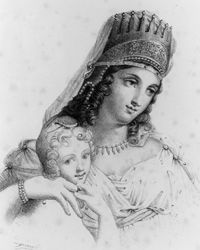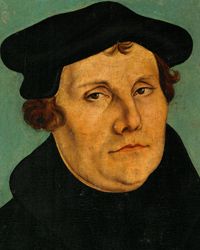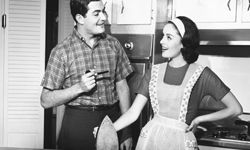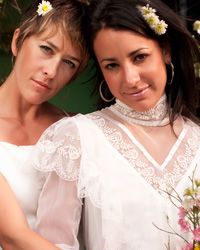Key Takeaways
- Marriage throughout history was often more of a business deal than a romantic union, with arranged marriages and limited rights for women.
- The Christian Church became more involved in marriage ceremonies in the 12th and 13th centuries, dictating who could marry and prohibiting certain relationships.
- The concept of marrying for love began to gain traction in the 18th and 19th centuries, leading to changes in property rights for women and the rise of dating culture in the 1920s to 1950s.
In 1955, Frank Sinatra recorded the song "Love and Marriage," in which he informed us that the two titular subjects go together like a horse and carriage. By Frank's era, that was true -- humans were on the search for soul mates that would serve as lovers, co-parents and best friends. But for most of human history, marriage wasn’t a very romantic institution. It was more akin to a business deal between men, and the bride in question had very few rights or other options. Love has never been out of the question for our ancestors; they just didn't always believe that such a thing could be found within marital bonds. So how did marriage become associated with love? Let's trace the development of this institution.
Advertisement







